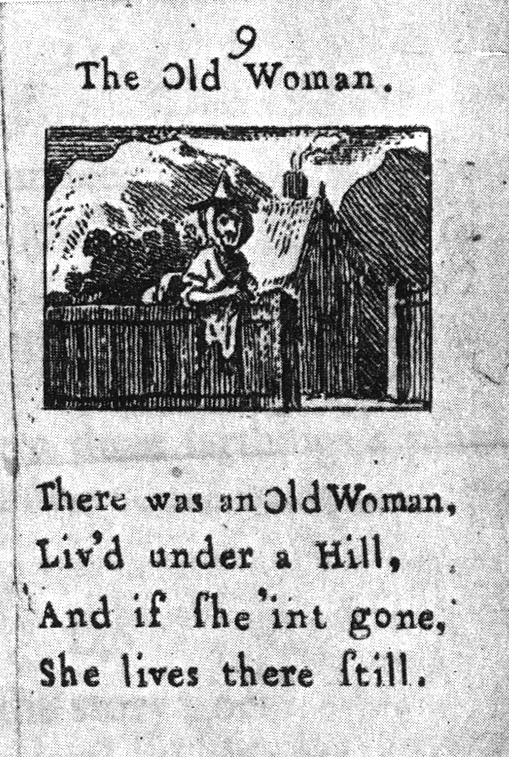
Text Encoding Initiative
Normalisation
Finally, there is the question of normalisation/regularisation. One can use the <reg> element to give regularised forms of variant or archaic spellings, or the <orig> element to indicate that a spelling is archaic or non-standard.

In the poem The Old Woman
there were two non-standard forms:
<l>There was an old woman,</l>
<l><orig>Liv'd</orig> under a hill,</l>
<l>And if she <orig>'int</orig> gone,</l>
<l>She lives there still.</l>
These were tagged using the <orig> element, but one could also regularise them and tag them with <reg>, or use both elements side by side, as has been mentioned.
<l>There was an Old Woman,</l>
<l><choice><orig>Liv'd</orig><reg>Lived</reg></choice> under a hill,</l>
<l>And if she <choice><orig>'int</orig><reg>isn't</reg></choice> gone,</l>
<l>She lives there still.</l>
In the case of texts using non-standard spelling, or pre-dating the standardisation of orthography, it will often be desirable to provide a regularised form for each word, either for searching, indexing etc., or in order to be able to display a fully normalised text.